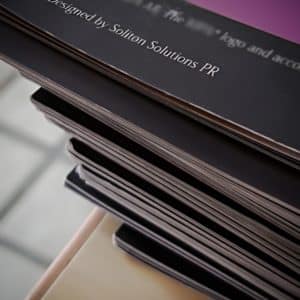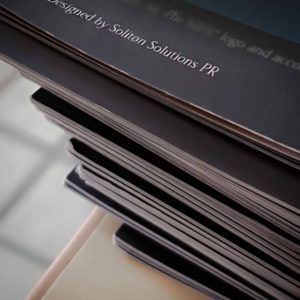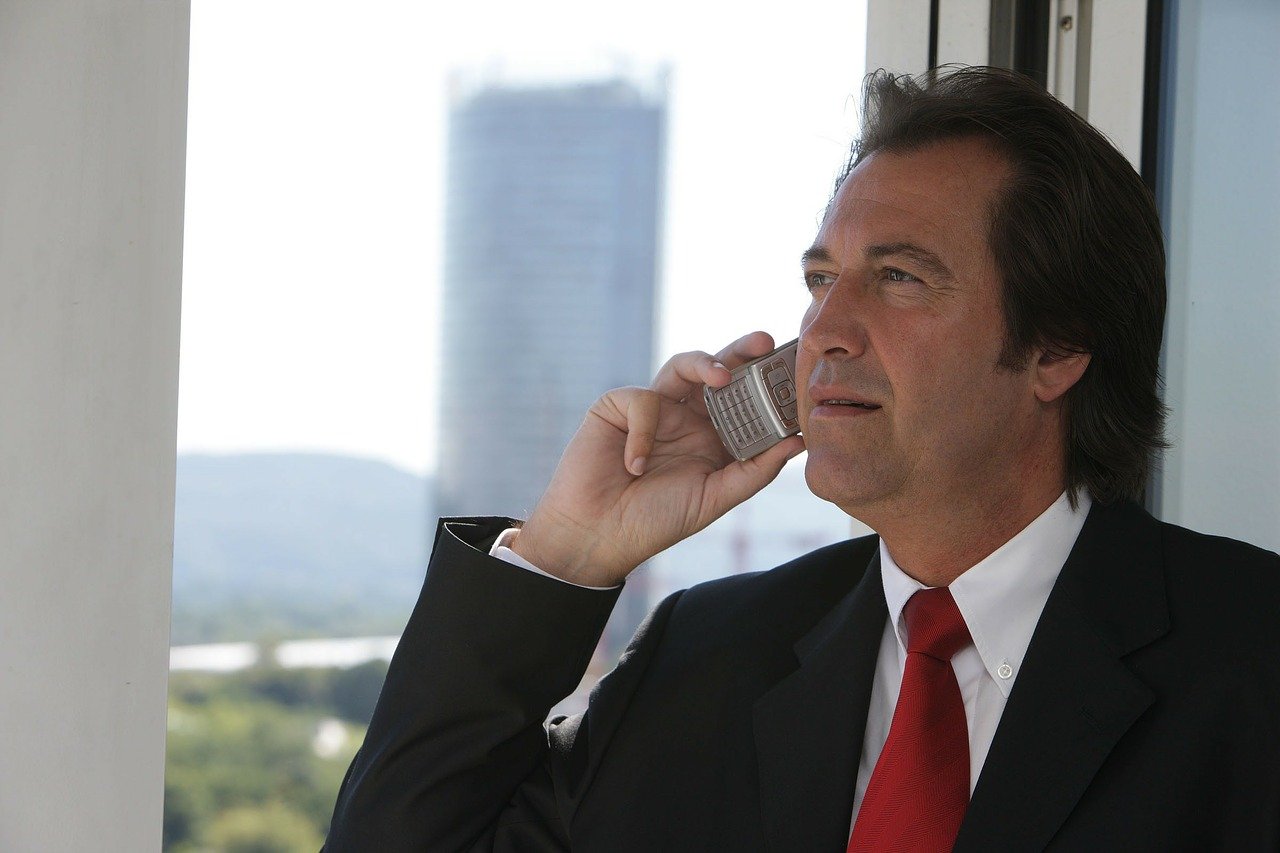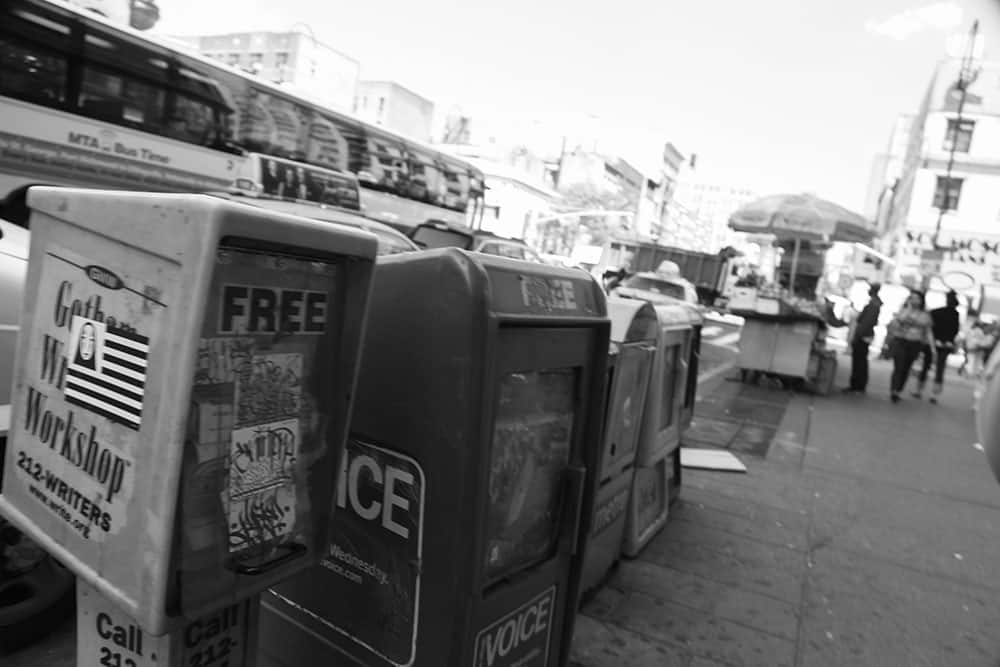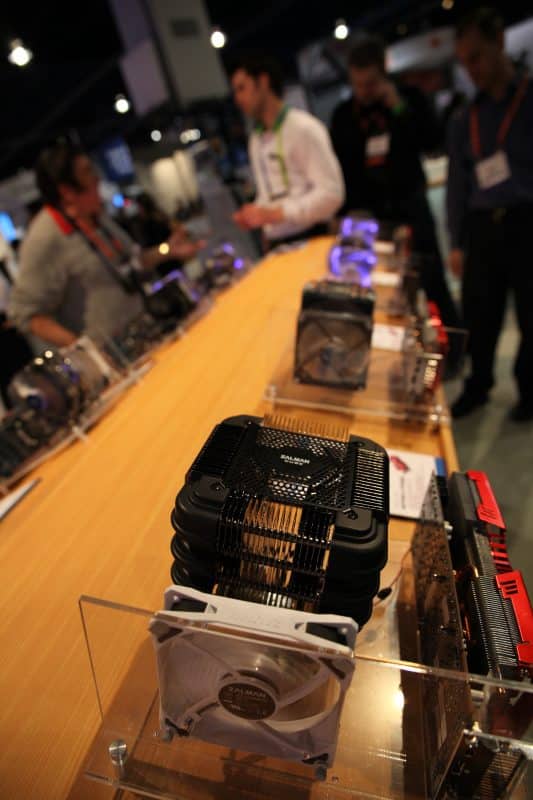
All set to send your next press release? Hang on a second.
Before you let fly and distribute your story, are you about to make any fatal errors? The last thing you want is to annoy the journalists on your target list. It might leave you with no coverage at all.
Here are some common mistakes people make, and how you can avoid them when you distribute your press release.
1. Your press release is too long.
Your story needs to be short and succinct -- especially when journalists spend less than a minute reading a press release.
The easiest way to get your pitch read is to cut the fluff. Ditch anything that a journalist doesn't need to read, or any sentences that won't add value to a reader if your release is published in its current form.
Your story should be brief and to the point,
but with enough detail to give the journalist the full story.
Consider taking it a step further and breakdown the "meat" of your press release into a handful of easy-to-digest bullet points. The same AdWeek survey says that 53% of journalists prefer to receive the facts in this format.
Remember -- every sentence counts.
2. You're targeting the wrong people or publications.
If you work for a small business looking to get some coverage, you're more than likely going to get the most success from reaching nearby distributions.
Try not to send your public statement to a national or worldwide news outlet - it's unbelievably uncommon that a neighborhood story is sufficiently significant to make national news.
You should likewise twofold watch that your objective writers are a solid match. Many will in general have practical experience in a couple of interests - messaging a games journalist about a public statement identified with wellbeing isn't probably going to bring about inclusion.
Whatever your story, ensure the columnists and productions on your official statement conveyance list are pertinent to your industry and crowd.
3. Your story isn't newsworthy enough.
Before hitting send and distributing your release, take a moment and ask yourself: "Is this story actually newsworthy?"
If your release is too self-promotional, you'll probably find that journalists won't want to turn it into a story. Their job isn't to give you free publicity -- they want to share stories that will entertain their audiences.
To avoid your release being sent straight to the trash, ensure it's got a relevant angle, and includes solid information, statistics, and data.
Any accompanying quotes should bring the story to life, rather than over-selling your own company.
4. You didn't include your contact info.
Imagine crafting that story, pitching it, and finding a reporter who's interested and wants to contact you for a quote. But the journalist hits a dead end and is unable to contact you.
Unfortunately, if you don't include your contact information on the press release, you risk losing out on the chance for increased exposure. The journalist shouldn't have to go digging to find out how to contact you.
You need to make it easy for journalists to contact you by leaving a phone number and email address in your press release distribution email -- ideally ones that are checked and answered frequently.
Should you use press release distribution services?
Distributing a press release sounds time-consuming, doesn't it? If only there was a way to get yours seeded out quickly, at scale.
Fortunately, there is.
If time is tight (and if you're a small business owner, it usually is), a press release distribution service is your friend. These services allow you to send out your release to relevant journalists, without having to do any of the manual work yourself.
Although the cost of press release distribution might seem off-putting, just remember that time is money. And by letting the experts distribute your news story, you can spend more of your own time doing the things that make a difference to your bottom line.
So, if you fancy taking distribution off your plate, check out these services that will gladly take the job off your hands.
-

Interview booking
Request Quote -
Sale!

Local Press Release Distribution
$150.00 Add to basket -
Sale!

Targeted Press Release Distribution
$550.00 Add to basket -

Writing of Press Release
$200.00 Add to basket -
Sale!

Press Release Writing & Distribution
$750.00 Add to basket -

Media & Press Contacts List
$1,000.00 Add to basket
Author Profile
-
Johny (John-Erik) Krahbichler is an exhibition specialist at Soliton Solutions and an experienced tech-journalist. Mr. Krahbichler's main expertise lies is in the consumer electronics industry as well as business & marketing strategy.
Currently Johny is using his experience from covering trade shows such as the CES to work with trade show exhibition marketing.






